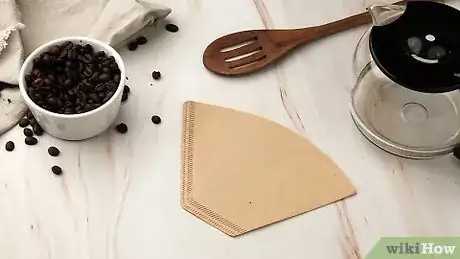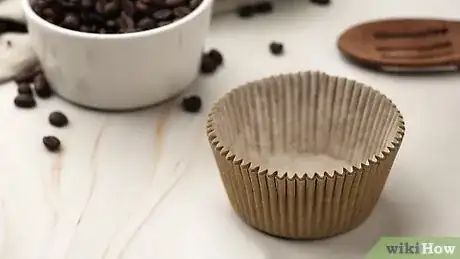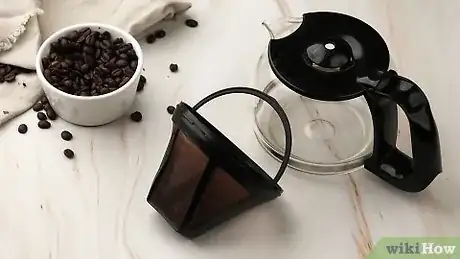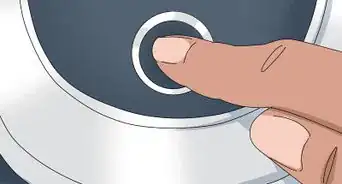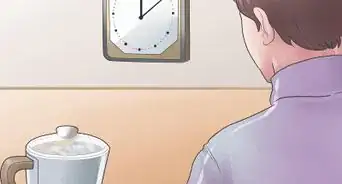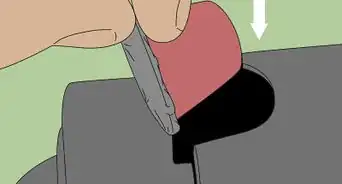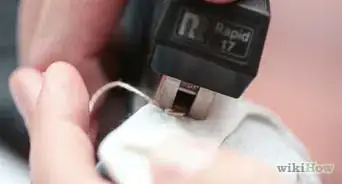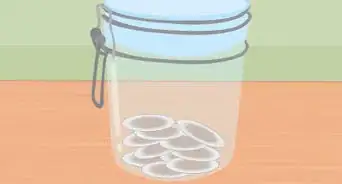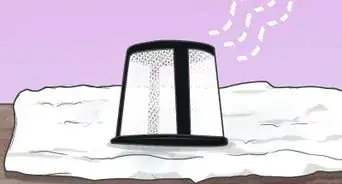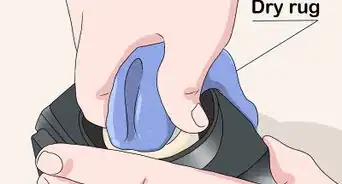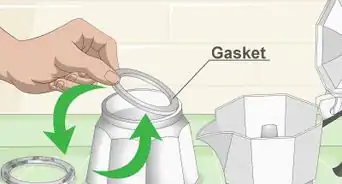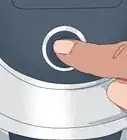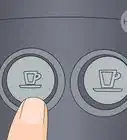This article was co-authored by Rich Lee and by wikiHow staff writer, Kira Jan. Rich is the Coffee & Food Program Director of Spro Coffee Lab in San Francisco, a California-based company that specializes in craft coffee, experimental mocktails, and culinary food science. Together with his team, Rich strives to bring forth a uniquely transcendent experience, free of stereotypical eats and drinks. Prior to owning his own business, Rich was a barista for big name coffee retailers such as Blue Bottle Coffee and Sightglass.
There are 14 references cited in this article, which can be found at the bottom of the page.
This article has been viewed 9,875 times.
Collapsing coffee filters can put a damper on your day–especially if loose coffee grounds keep getting in your fresh cup of joe. Why do filters collapse in the first place? Basically, if the coffee maker’s hot water supply doesn’t drip into the center of the filter, one side of the paper will get really wet and sag. Fortunately, there are a ton of easy fixes to keep your filters in place. We’ll let you in on all the secrets to using a coffee filter the right way, plus proven solutions to stop coffee filters from collapsing.
Steps
Warnings
- We don’t recommend making your own DIY filter “retainer ring” from a soda bottle (or other plastic) to hold the paper filter up. The heat from boiling water will deform most plastic. Furthermore, heat can cause chemicals to leach from non-foodsafe plastic.[14]⧼thumbs_response⧽
- Some people might suggest using regular household tape to hold the filter in place. We don’t advise using tape, because regular tape isn’t foodsafe. Plus, the inside of a coffee maker gets very hot, and the adhesive in the tape might not hold up to boiling water.⧼thumbs_response⧽
References
- ↑ https://www.coffeesesh.com/coffee-filter-sizes-you-need-to-know/
- ↑ https://imbibemagazine.com/pour-over-coffee-tips/
- ↑ https://www.youtube.com/watch?t=152&v=-Xoo3Zx3Ivw&feature=youtu.be
- ↑ https://pageonecoffee.com/how-many-coffee-filters-should-you-use/
- ↑ https://coffeeaffection.com/types-of-coffee-filters/
- ↑ https://www.gold.info/en/chemical-characteristics-of-gold/
- ↑ https://www.beanground.com/permanent-coffee-filter-vs-paper/
- ↑ https://www.cnet.com/home/smart-home/paper-filter-vs-metal-filter-what-makes-the-best-cup-of-coffee/
- ↑ https://health.clevelandclinic.org/what-you-should-know-about-cholesterol-and-coffee/
- ↑ https://www.ncbi.nlm.nih.gov/pmc/articles/PMC2864577/
- ↑ https://www.youtube.com/watch?v=dr_I3ZVKKb4&t=79s
- ↑ https://www.youtube.com/watch?t=65&v=dr_I3ZVKKb4&feature=youtu.be
- ↑ https://www.youtube.com/watch?t=213&v=dr_I3ZVKKb4&feature=youtu.be
- ↑ https://www.theguardian.com/us-news/2020/feb/18/are-plastic-containers-safe-to-use-food-experts
